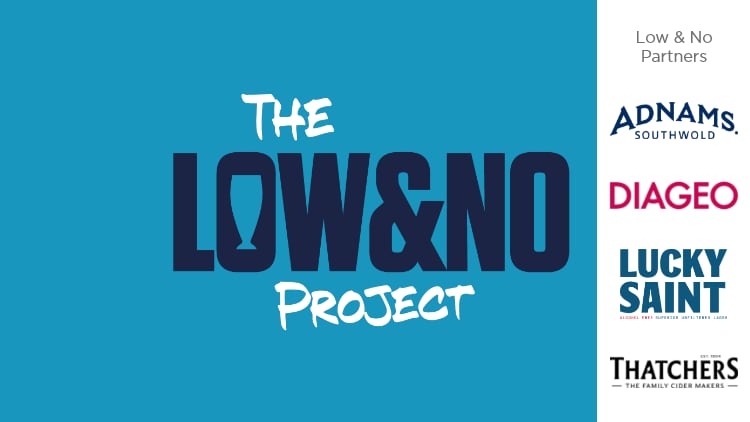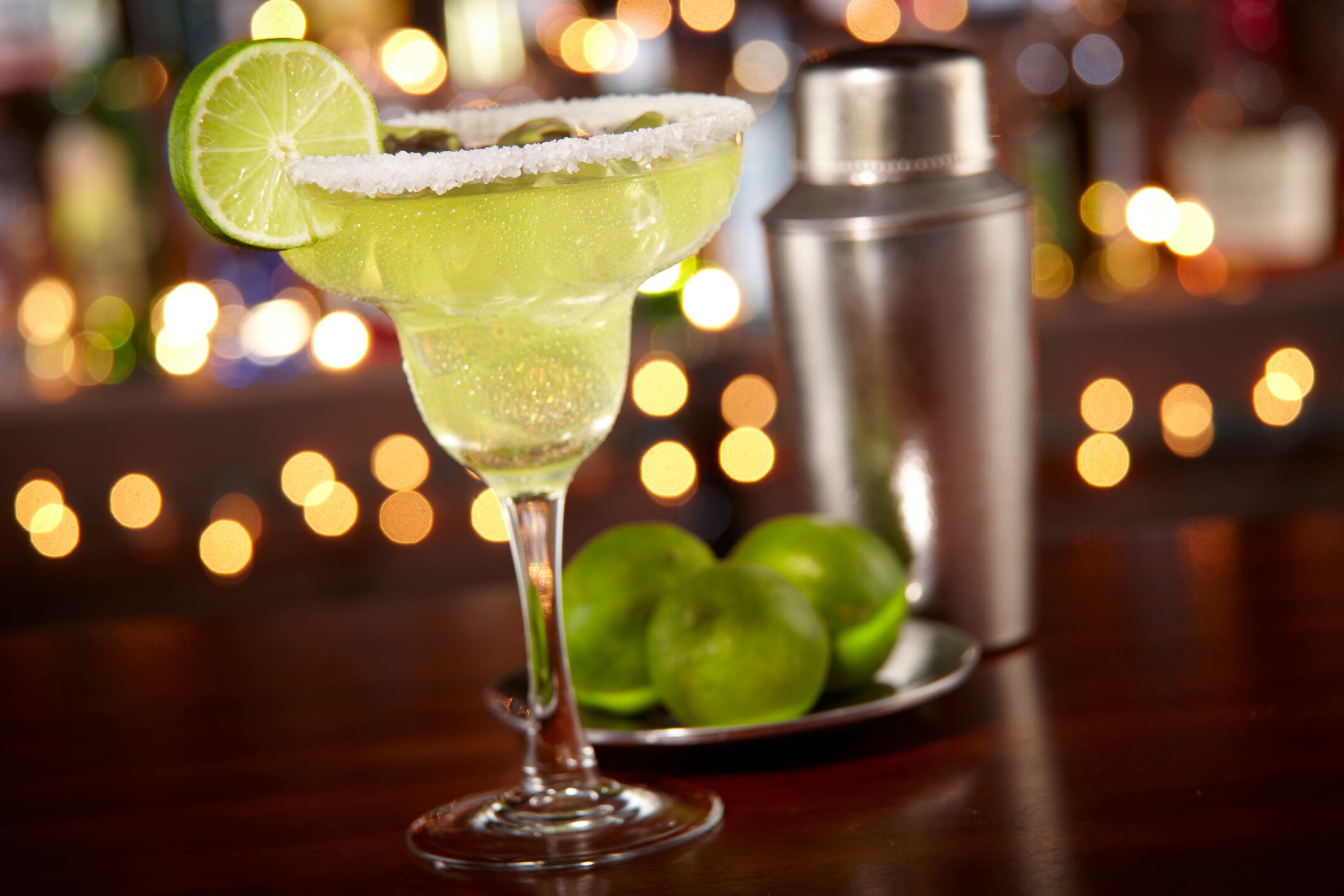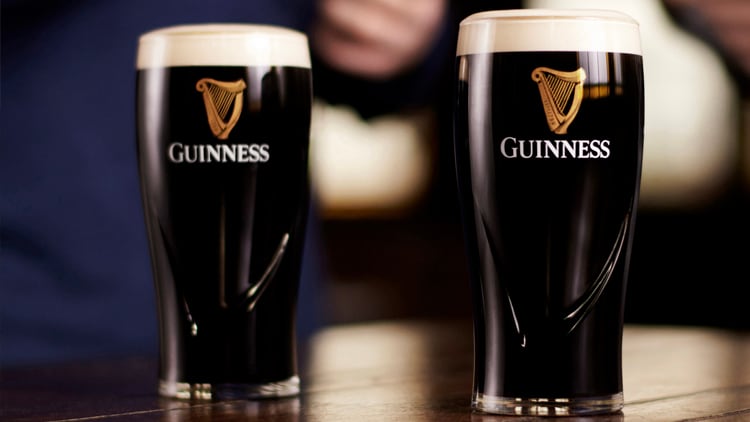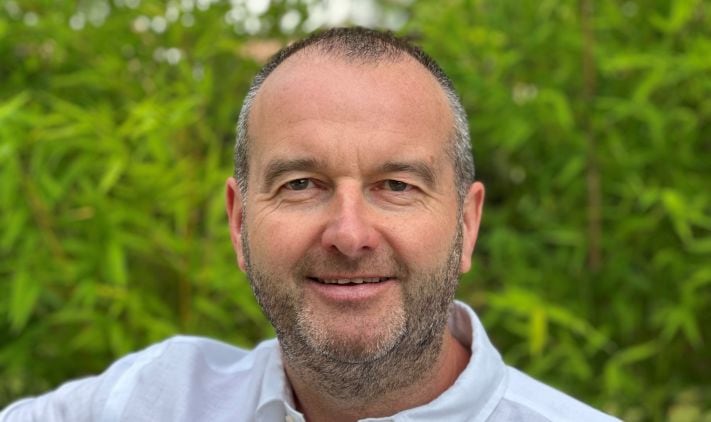The trade body has called for an amendment in UK low & no alcohol definitions in a bid to stop the penalisation of UK brewers because the Government’s current ruling on the non-alcoholic threshold of 0.05% ABV is the most stringent in the world.
The BBPA added the change would also support public health goals and therefore give drinkers of low & no alcohol beers a greater choice.
It added even a slight change in the threshold to 0.5% ABV would lead to brewers being able to create many more low & no alcohol beers that would help people choose moderation if they want to.
Currently, ‘alcohol-free’ beer in the UK must be 0.05% ABV or below, whereas non-alcoholic beer from many other European nations and international markets is allowed up to 0.5% ABV.
Innovative products
The BBPA said brewers across the UK are investing a huge amount of time and money in creating innovative products, and 86% of pubs now stock low & no options, according to the trade body’s own research.
Meanwhile, 8% of pubs are serving a low/no option on draught, proving how the industry is helping offer health benefits and for pubs be even more inclusive.
With the sector forced to work within such a restrictive threshold, the BBPA pointed out many products contain more alcohol than a 0.05% ABV beer.
This was acknowledged in the previous Government’s evidence review published alongside its consultation on low & no definitions. The then Government recognised foods such as bread, fruit juice and yoghurt can all contain a level of alcohol that is undeclared and does not need to be labelled or indeed is a cause for concern.
Specifically, its evidence found levels of up to 1.2g of alcohol per 100g of bread and 0.77g of alcohol per litre of fruit juice. The Government also highlighted a person would need to drink eight pints of 0.5% ABV in an hour to reach the same blood alcohol content as if they consumed one 4% ABV pint of beer.
Booming demand
BBPA CEO Emma McClarkin said: “It couldn’t be clearer that British brewers want to create more low & no options and cater to booming demand but are at a distinct disadvantage when compared to international neighbours.
“Our sector is committed to tackling harmful alcohol consumption, proven by how brewers are creating more low & no products, and more pubs are stocking these products.
“Changing current highly restrictive ABV thresholds to match international neighbours will help brewers create more products and give consumers more options when choosing moderation, all of which will help public health goals.”
The trade body added the low & no category has enjoyed a record-breaking 2024 and Christmas period with up to 140m pints expected to have been drunk last year. However, there remains huge scope for further growth.
The BBPA warned that in addition to the misalignment of low & no thresholds holding back the sector, the upcoming spring Budget is set to increase the cost of doing business for the sector by approximately £650m and has argued the Government needs to deliver on “permanent and meaningful” business rates reforms to give the sector the best chance of continuing to serve their communities.





